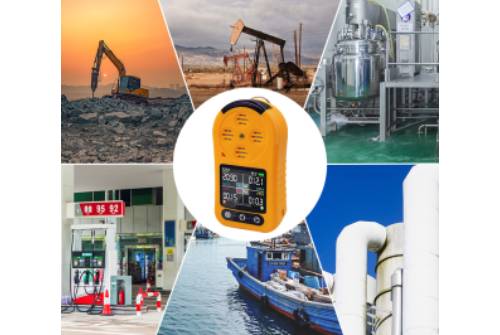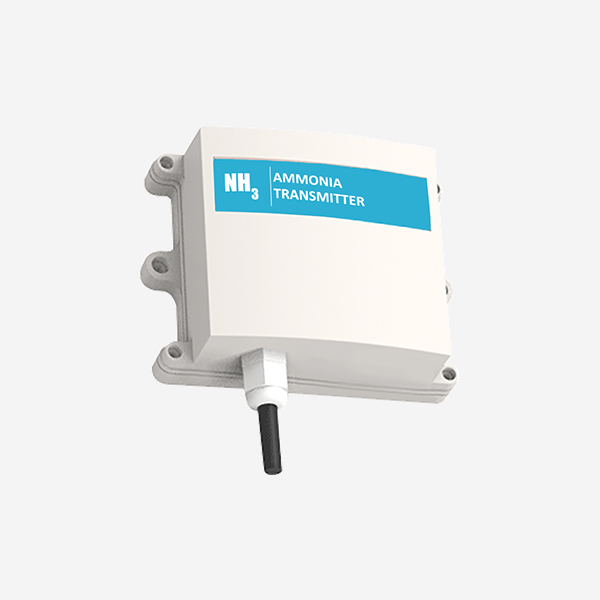Ammonia, with the chemical formula NH3, is a colorless gas with a pungent odor. It is commonly used in industrial processes, agriculture, refrigeration, and cleaning products. While ammonia has many practical applications, it can pose significant health and environmental risks if not properly monitored. Ammonia sensors play a crucial role in detecting and monitoring the presence of ammonia in various settings, from industrial facilities to agricultural operations. In this article, we will explore the importance of ammonia sensors, their working principles, and their diverse applications across different industries.
Understanding ammonia sensor
Ammonia sensor are detect and measure the concentration of ammonia gas in the air. These sensors are essential for ensuring workplace safety, environmental compliance, and the efficient operation of various processes where ammonia may be present. They are widely used in industries such as chemical manufacturing, agriculture, refrigeration, and wastewater treatment, among others.

One of the key working principles of ammonia sensors involves the use of electrochemical technology. Electrochemical sensors rely on a chemical reaction between the ammonia gas and an electrode to produce an electrical signal proportional to the concentration of ammonia in the air. This signal is then measured and used to trigger alarms or provide real-time data on ammonia levels.
Another common type of ammonia sensor is the metal oxide semiconductor (MOS) sensor. MOS sensors detect ammonia by measuring the change in electrical conductivity of a metal oxide material when exposed to the gas. When ammonia is present, it causes a measurable change in the electrical properties of the sensor, which is then used to indicate the presence and concentration of ammonia.
In addition to these technologies, there are also optical sensors that utilize light absorption or fluorescence to detect the presence of ammonia, as well as solid-state sensors that rely on the adsorption of ammonia molecules onto a solid surface to generate a measurable signal.
The applications of ammonia sensors
The applications of ammonia gas sensors are diverse and span across multiple industries. In industrial settings, they are used to monitor ammonia emissions from manufacturing processes and ensure compliance with environmental regulations. In agricultural operations, ammonia sensors are crucial for monitoring and controlling the release of ammonia from livestock waste and fertilizers, helping to minimize environmental impact and ensure the safety of farm workers.

Ammonia sensors also play a critical role in refrigeration systems, where they are used to detect leaks and prevent the release of ammonia into the environment. In wastewater treatment plants, these sensors are employed to monitor and control the levels of ammonia in effluent, ensuring that discharge limits are met and protecting water quality.
Furthermore, ammonia sensors are utilized in indoor air quality monitoring to detect and mitigate potential exposure to elevated levels of ammonia in commercial and residential buildings. This is particularly important in facilities where ammonia-based cleaning products or refrigeration systems are in use.
Conclusion
In conclusion, ammonia sensor are indispensable tools for detecting and monitoring the presence of ammonia in various industrial, agricultural, and environmental settings. They employ a range of technologies to provide accurate and reliable measurements of ammonia gas concentrations, contributing to workplace safety, environmental protection, and regulatory compliance. By understanding the importance of ammonia sensors and their diverse applications, we can appreciate their role in safeguarding human health and the environment from the potential risks associated with ammonia exposure.
